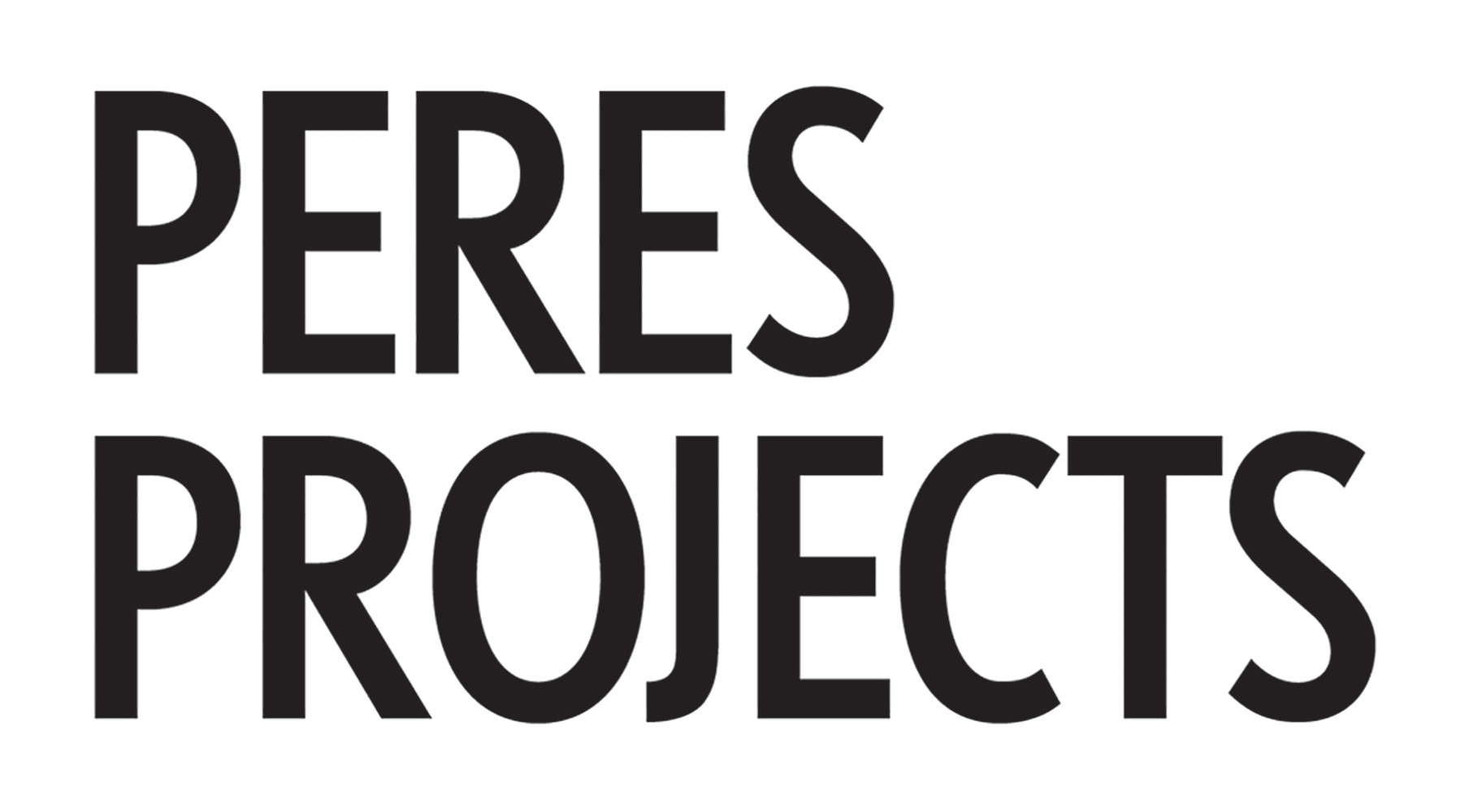Best Before Aks Misyuta
Peres Projects is pleased to present Best Before, Aks Misyuta’s (b. 1984 in Bryansk, RU) first exhibition with the gallery. Comprising painting and sculpture, the exhibition marks her solo debut in Asia.
Massive yet evanescent figures in chiaroscuro populate the gallery space, sometimes portrayed in collective dance or grief, but most often depicted as lone colossi contemplating existential vicissitudes. Like an equilibrist, Aks Misyuta navigates the figurative spectrum with agility and grace, sometimes to the edge of abstraction. Although painted with strong contrasts and shadows, as if carved into canvas, her monumental characters often seem on the verge of dissipating in the abstracted landscapes or interiors that make up most of the paintings’ backgrounds. This blurring of lines between figure and environment hints at Misyuta’s exploration of the forces, be they social or familial, that shape individual experiences. This culminates in Trash (all works 2024), a rare composition within her body of work, devoid of human figures. Instead, a rugged landscape is populated by symbolic items, such as a vaporous wedding dress at its center, representing the social expectations that can consume one’s sense of self.
Drawing from her own experiences and observations of others, Misyuta engages each canvas without premeditation. Following the application of a first layer of dark paint, human figures start to emerge through a subconscious process close to automatism. Embracing intuition and spontaneity, she releases flows of unspoken thoughts and feelings, which resonate both intimately and universally. The cathartic choreography of her hand across the canvas creates evocative scenes that encapsulate the intricacies of existence.
Imbued with twilight sensations, conveyed through earthy palettes enhanced by touches of acid hues, the works in Best Before unfold a multifaceted exploration of fate. As social beings, our life paths are tapestries woven from personal desires, social pressures, and familial expectations, all intertwined into a tight mesh. Misyuta’s work explores these conflicting pulls in compositions intended as metaphors rather than explicit narratives. Unknown Gifts, for instance, symbolizes the unique set of circumstances, skills, and challenges bestowed on each individual at birth, all nestled within the palms of fate. The purpose of existence lies in transforming these initial conditions into an individual destiny, through the choices one makes along the way.
Often captured naked and in contorted poses, Misyuta’s figures exude vulnerability and doubt, their bulky silhouettes merely serving as fragile facades. Their voluptuous and monolithic contours evade individuation and instead embody multifarious archetypes. Grappling with latent desires at odds with external expectations, and personal aspirations left unfulfilled for the sake of more pragmatic decisions, her characters appear weighed down.
Used as a measure of individual achievements through the concept of age, time holds a central position within the body of work, symbolized by the blank watches that adorn the characters’ wrists. Symbolizing people’s complex and often constraining relationship with time, this motif also sometimes evokes bonds hindering self-fulfillment. This finds echoes in the Seekers sculptures that punctuate the exhibition. Lacking arms, they represent a sense of passivity and helplessness. However, within their static forms lies an underlying determination to persist in their pursuit of self. The amorphous contours of their shoulders evoke nascent wings, suggesting potential transformation and emancipation.
In Weddings and Funerals, Misyuta captures a scene of feverish dance where thrill and sorrow converge into a same vital impulse. Skillfully blending gravity and humor, her paintings compose a kaleidoscope of emotions. Whether a whisper in the ear or a passionate cry, they illustrate one’s quest to forge their own path in life.


